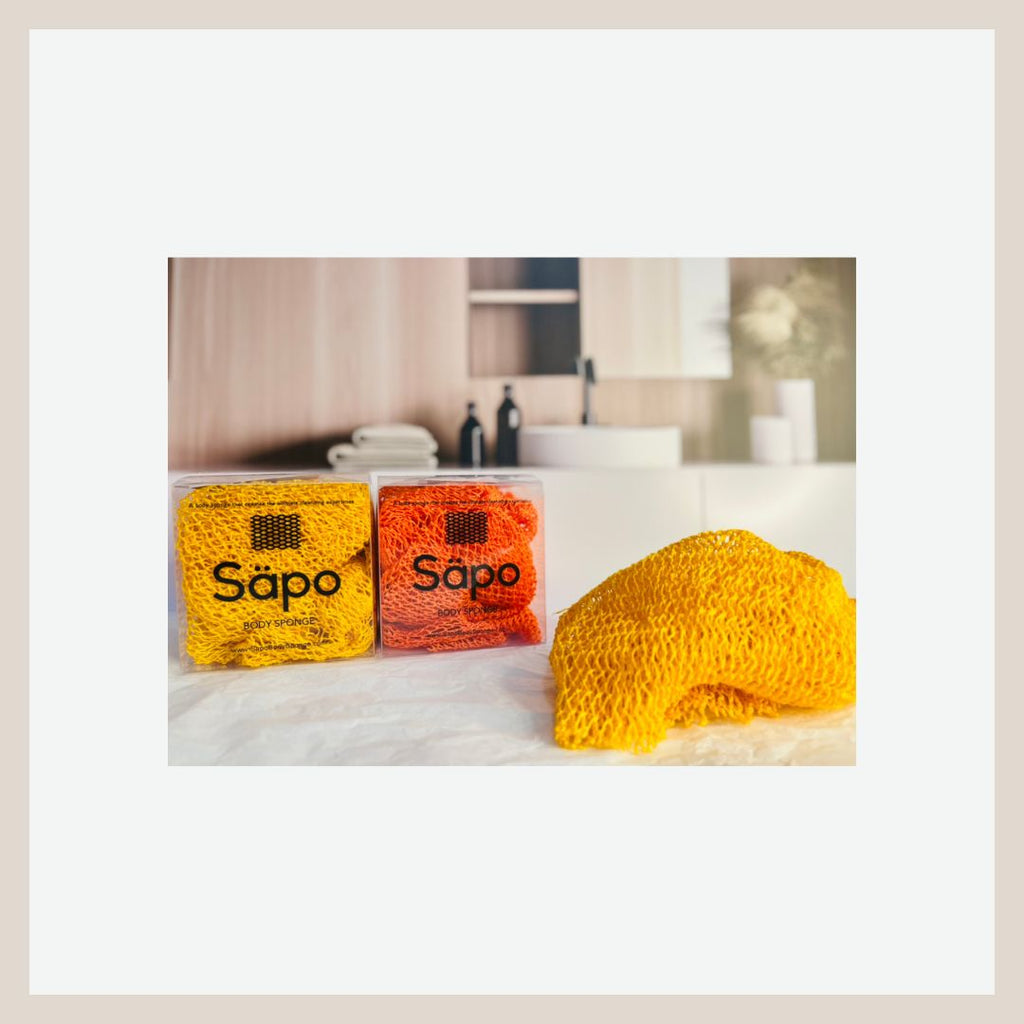Like every bath time advocate new tools to increase your hygienic experience is worth a try. In recent years, you may have heard the term African wash net for a new cleaning experience in the shower. While influencers rage about its glowing and soothing benefits, the history of the new trend comes from the motherland form a domestic plant. The Sapo bathing sponge, also known as the “Sapo sisal” or “Sapo luffa,” is a popular sponge used for bathing and exfoliation in many parts of the world. It is made from the fibrous skeleton of the Luffa aegyptiaca plant, which is native to tropical and subtropical regions of Africa and Asia.


The history of the Sapo bathing sponge dates back thousands of years, to ancient Egypt, where it was used for a variety of purposes, including as a scrubbing brush for the body. It was also used in traditional medicine to treat various skin conditions, as well as to promote healthy digestion. In many cultures, it was considered a symbol of cleanliness and purity, and was often given as a gift on special occasions. In West Africa, the Sapo spongeis a key part of traditional bathing rituals. It is often used in conjunction with black soap, a natural soap made from plantain skins, cocoa pods, and palm oil. The combination of the Sapo sponge and black soap is believed to be particularly effective at cleansing and exfoliating the skin, leaving it soft, smooth, and glowing.
Since Dorien was a little girl she remembers the sponge as a staple piece in her home. Her family lineage is from Ghana, West Africa which is where the sponge was derived. The sponge originally called “Sapor” in her native tongue Twi has been used for decades.
About Us. Sapo Body Sponge. (n.d.). Retrieved May 4, 2023, from https://www.sapobodysponge.com/pages/about-us

In recent years, the Sapo sponge has become increasingly popular in the Western world, where it is valued for its natural, eco-friendly properties. Unlike synthetic sponges, which are often made from plastics and can be harmful to the environment, the Sapo sponge is entirely biodegradable and compostable. To use a Sapo bathing sponge, simply wet it with warm water and apply a small amount of soap or body wash. Use gentle circular motions to massage the skin, paying particular attention to areas that are prone to dryness or roughness, such as the elbows, knees, and heels. Rinse thoroughly and hang the sponge up to dry in a well-ventilated area.


To sum up, the Sapo bathing sponge is not just a trendy tool for modern-day skincare routines, but a traditional and culturally significant item with a rich history that dates back many years. The sponge is entirely biodegradable and compostable, making it an eco-friendly option for those seeking sustainable alternatives to synthetic sponges. The Sapo sponge has stood the test of time, and its versatility and effectiveness in cleansing and exfoliating the skin continue to make it a popular choice for people all over the world. Get your own here!
Tip:
Pair your wash net with your favorite body scrub for a lustrous shower experience. Follow up with your favorite body butter and oil to seal in the moisture.
Check out Dr. Teal’s Shea Sugar Scrub and other here!
References
Issa, J. (2014, June 4). The continuity of (African) sacred ritual baths: From ancient Egypt/KMT to America (a pictorial look). Retrieved May 4, 2023, from https://templeofamen.wordpress.com/2014/06/04/the-continuity-of-african-sacred-ritual-baths-from-ancient-egyptkmt-to-america-a-pictorial-look/

